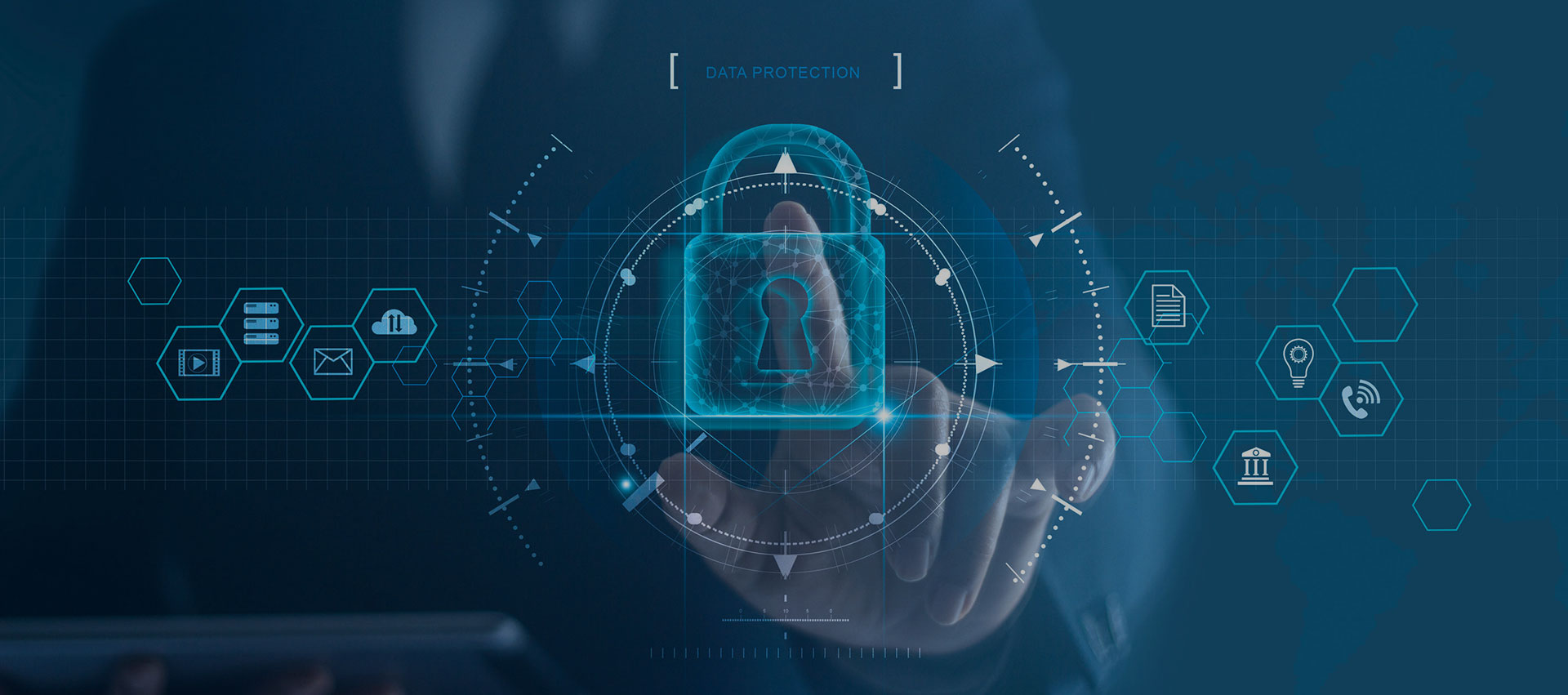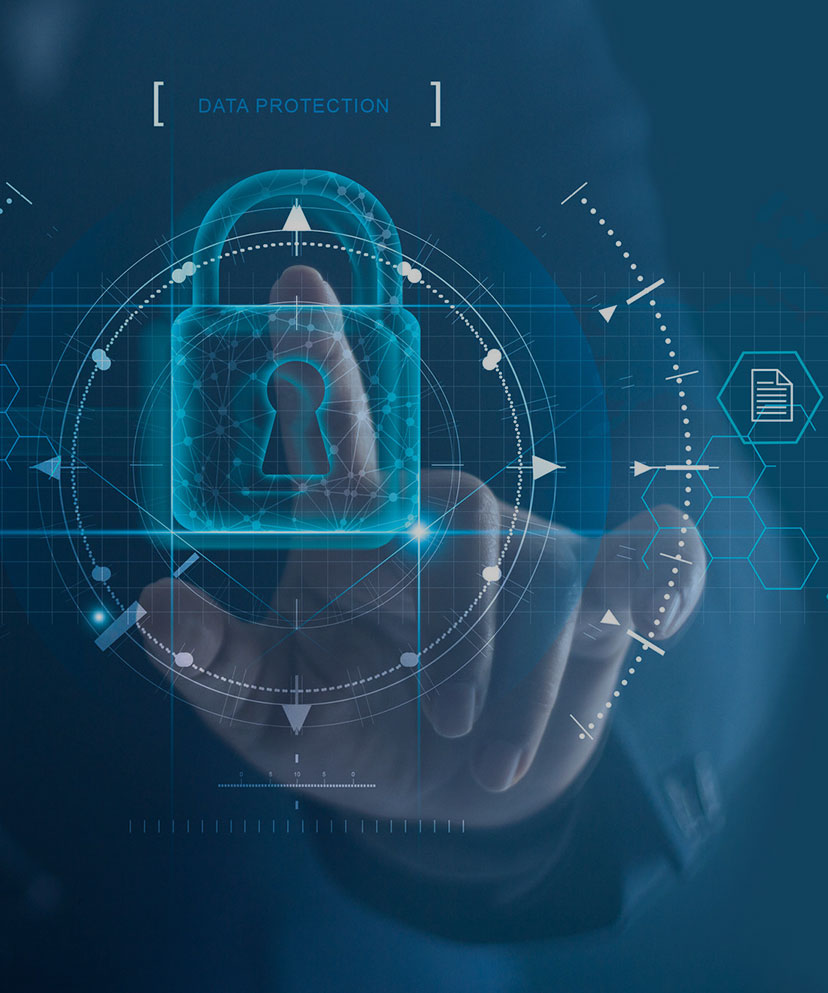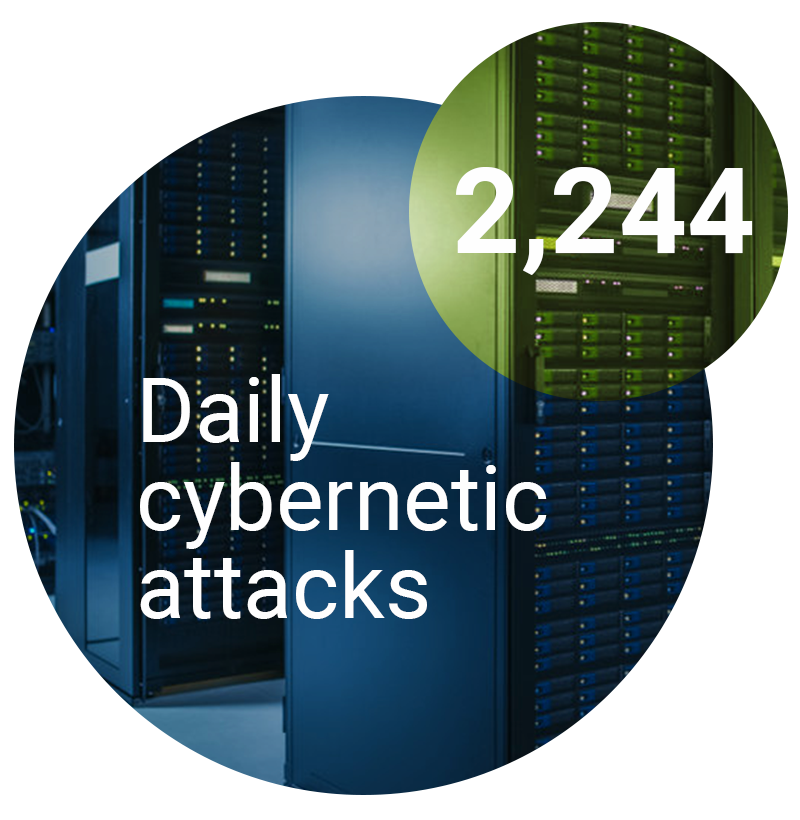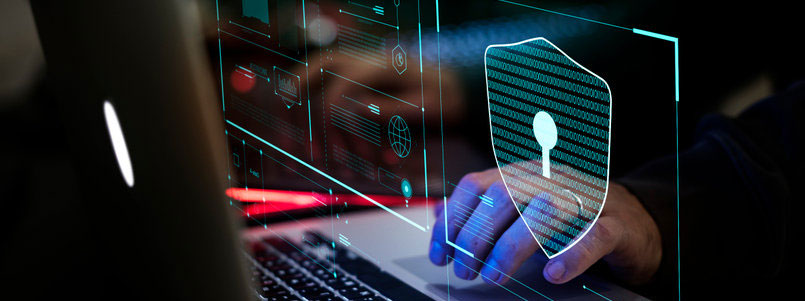
Every 36 seconds, cybercriminals access sensitive data of individuals and companies.
According to statistical projections, an event in this category will happen to everyone at some point.
The question is, is your company insured when it happens to you?

Every 36 seconds, cybercriminals access sensitive data of individuals and companies.
According to statistical projections, an event in this category will happen to everyone at some point.
The question is, is your company insured when it happens to you?












